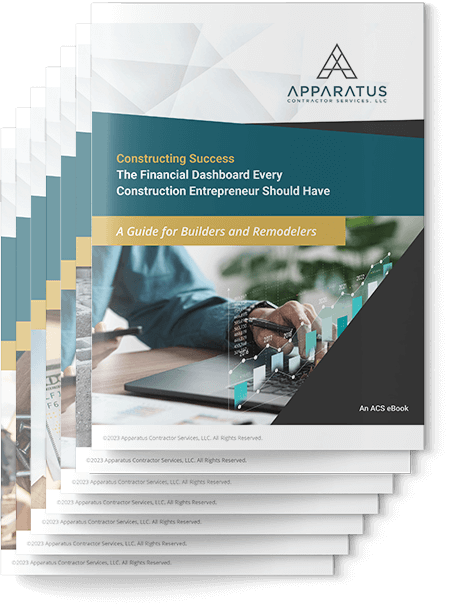Understand Your Rights and Protect Your Jobs – A Guide for General Contractors
Preliminary Lien Notice or Pre-Lien Notice
As a contractor, you know there are several steps involved in starting a new job. From initial assessments, defining the scope of work, securing subcontractor estimates, hiring subcontractors, finding suppliers, signing contracts and more: there’s a lot to keep track of and a lot that you can miss. In this blog we’re going to discuss a really important step of any job called Notice of Right to a Lien, preliminary lien notice, or pre-lien notice.
A Notice of Right to a Lien provides protection to you, the contractor. In most states it is a statutory requirement for you to provide a Notice of Right to a Lien to your customer when work begins. If you don’t, your state will bar you from using their lien laws to secure payment from your customer if they don’t pay when the work is complete.
A Notice of Right to a Lien isn’t an actual lien. It is one of the steps you must take when work begins for you to have the right to file a lien if needed later. A lien is a legal claim for payment that when recorded at the recorder’s office of your county, becomes a claim against a particular property. It is a claim that has higher priority than a mortgage, and just like a mortgage, it can be foreclosed to force the property owner to pay the amount claimed under the lien. If they don’t, you can force the property to be sold to satisfy your claim.
Information Notice to Owner
Generally, the lien process begins when you start new work for a new customer. Your state laws require you to provide your new customer with a legal document called an Information Notice to Owner. The Information Notice form is only given to your customer/property owner if you are dealing directly with the customer/property owner. (More on what to do if you are a subcontractor later).
You should think of providing this Information Notice as a decision on your part to follow the “best practices” of the contracting industry. It is a critical step in your work flow. Not only does it protect your right to receive payment for your work and materials, but well-run contracting companies do it every time. If you’re serious about being a well-run contracting company, you simply must make this part of your process.
You should also know that the contractor’s board in many states encourages property owners who don’t receive the Information Notice to contact them. So, it’s better to have your bases covered than risk a call from your state’s contractor’s board.
Delivering the Preliminary Lien Notice
Your second step will be to deliver a Notice of Right to a Lien after your customer/property owner has received the Information Notice and before you begin to provide work or materials to your customer/property owner. The Notice of Right to a Lien states that if you aren’t paid, you have the right to claim a lien. This claim will cover all services, labor, materials, and equipment delivered to your customer within a certain date range.
What if you are a subcontractor working on a project where your customer is the general contractor who has the contract with the property owner? In this case you don’t need to worry about providing the Information Notice. You do want to send a copy of the Notice of Right to a Lien to the property owner before you supply work or materials to the project.
If you don’t, and the general contractor does not pay you for your work, you’ll be unable to file a lien against the property owner to secure payment.
What does it mean for your business if you don’t use the Information Notice and Notice of Right to a Lien? Many contractors make this choice. They simply decide that it is too complicated or time consuming to do that extra paperwork. And hey, who would work for a customer who is not likely to pay anyway, right?
Well, quite often, nothing goes off the rails if you fail to follow the lien laws of your state. It is likely that your projects will go mostly to plan and your customers will pay you as arranged. You’ll be able to pay your subcontractors and suppliers and everyone will go home happy.
Protecting Yourself From Liability
The question to ask yourself isn’t what will happen if you don’t follow your lien laws. Instead, you should always ask yourself “What would happen to my business if on my next large project, my customer failed to pay me?” You’d still have to pay all your employees, all your subcontractors, and all your suppliers for the work you completed. How would you do this? This nightmare scenario is not too likely, but it is common. And, it generally results in the failure of a contracting business and the bankruptcy of a family.
So, it’s pretty simple. Using the lien paperwork of your state protects you and ensures you that you’ll receive payment no matter what. There is really no justification for NOT complying with the lien laws in your state. The alternative is simply too dangerous to your future.
See how one small cautionary step can make a huge difference in the long-term?
Like worker’s compensation, following your state’s lien laws can seem like a hassle. But it is an essential part of protecting your company. There’s a little footwork involved at first, but it goes a long way to removing job-related stress and worry.
As the saying goes, better to be safe than sorry, especially when your business is on the line.
To learn about lien rights in your state, click here.









